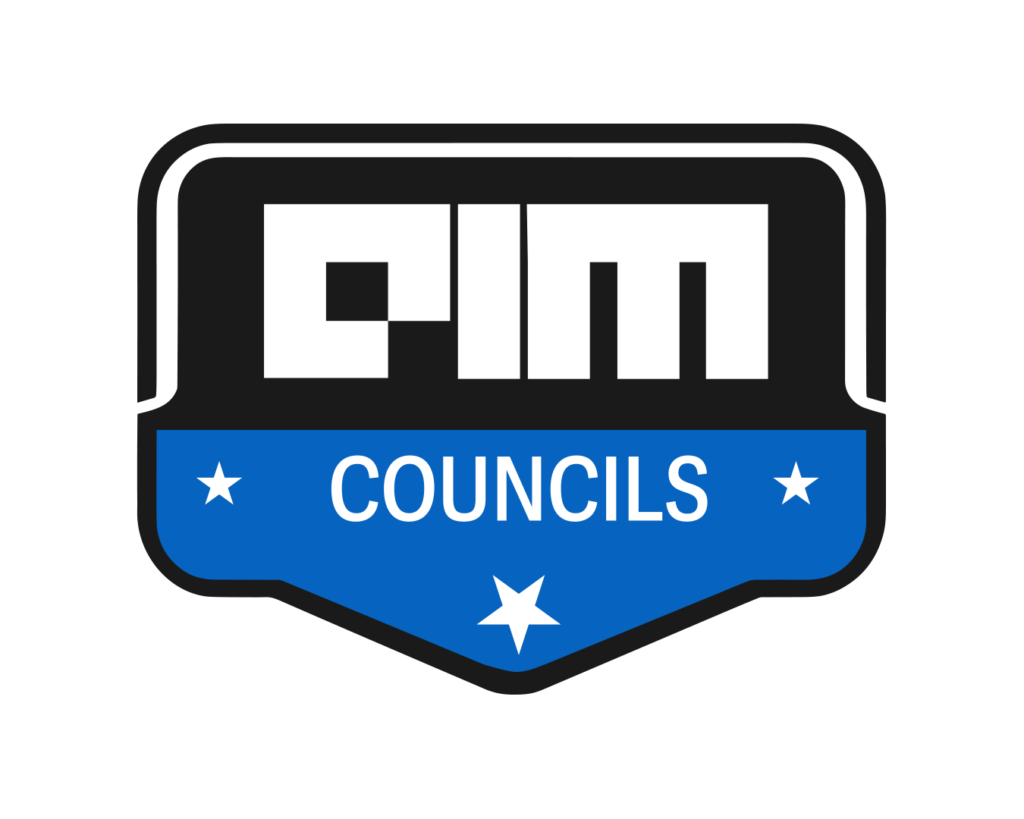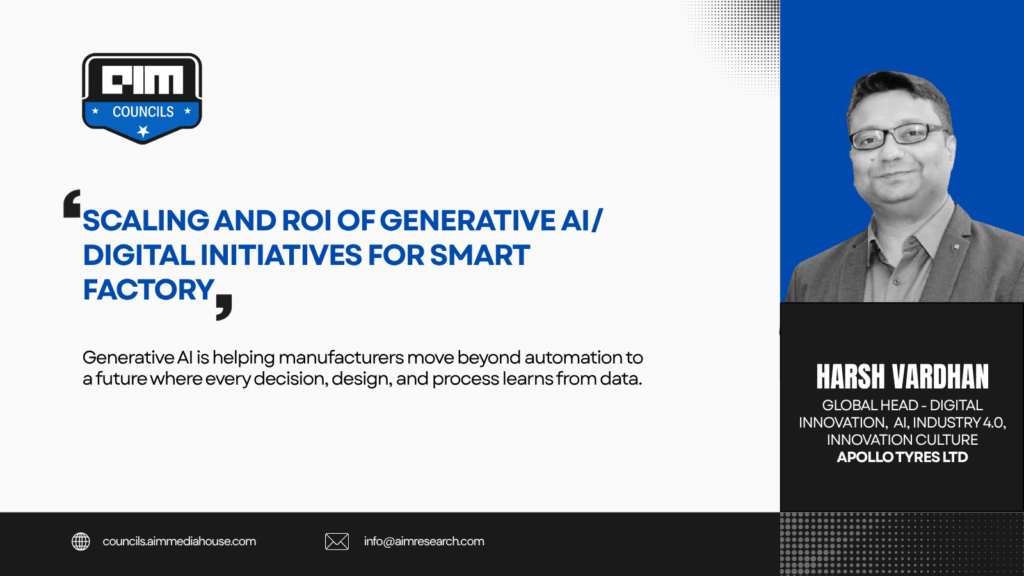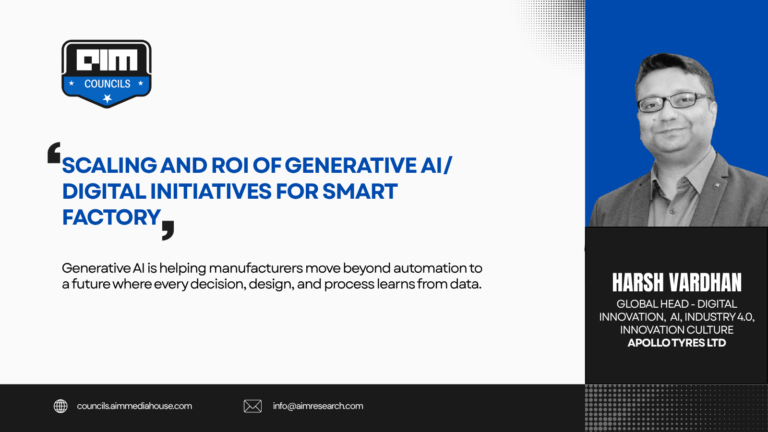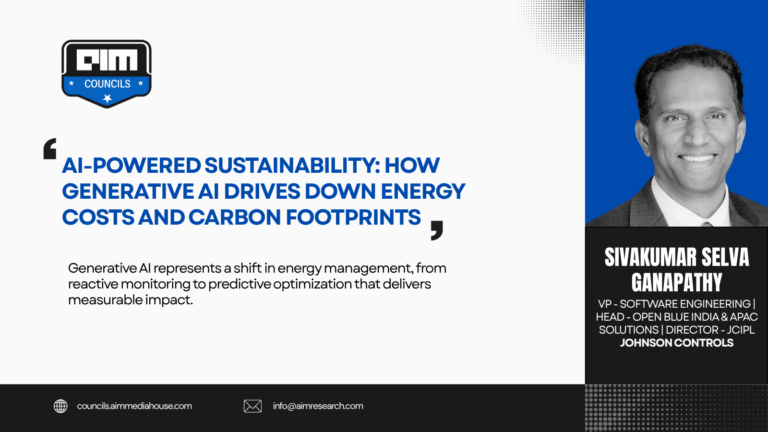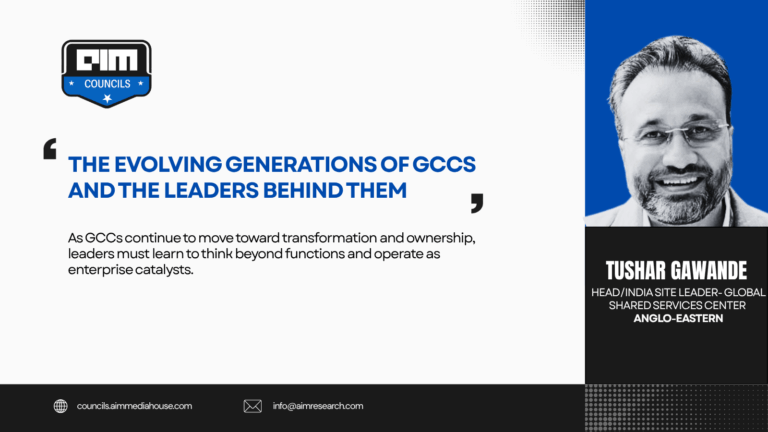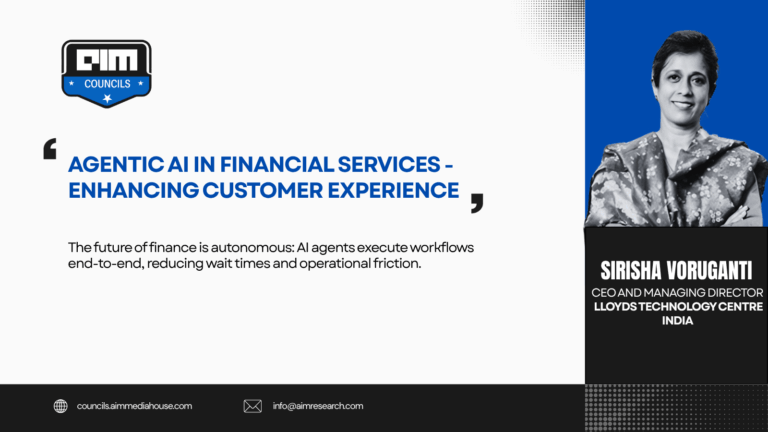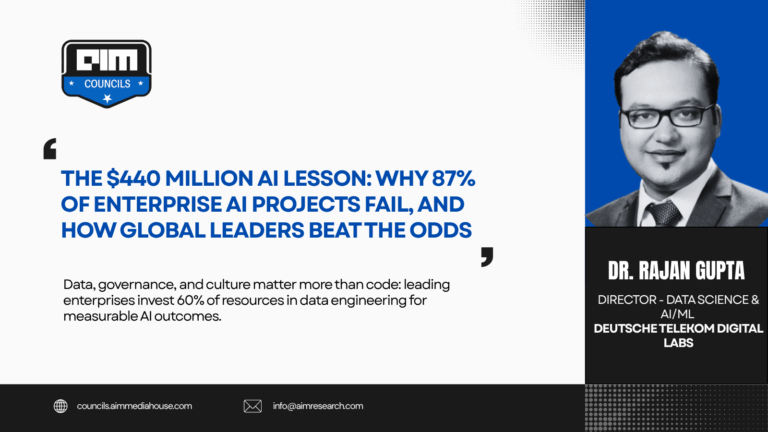Smart Manufacturing enables intelligent and people-centered factories that deliver higher productivity, environmental sustainability, and the agility needed for modern manufacturing to navigate volatile supply chains and complex production processes in VUCA World. AI-powered factories enhance human workers by augmenting their creativity and capability in managing complex operations.
The result goes beyond productivity gains, manufacturers can now be efficient in offering personalized products at scale. The manufacturing sector is transitioning fast toward Industry 5.0 with Generative AI and Agentic AI (matured state of Gen AI). Industry 5.0 is about partnership, not replacement, and human-machine collaboration where Gen AI is amplifying human capabilities.
Leading organizations are implementing “AI-first Smart Manufacturing” strategies for Industry 4.0/5.0 excellence that integrate Agentic AI, cognitive AI, and predictive AI with Industrial IoT telemetry, MES, R&D, ERP and CRM data. Agentic AI transforms raw manufacturing data into actionable insights presented through intuitive interfaces, empowering operators to make informed decisions.
These technologies help factories work better by finding extra capacity, cutting down on wasted time, and allowing easy communication between people and machines. The focus extends across end-to-end operations across procurement, R&D, production, logistics, supply chain, occupational health and safety, ESG performance and commercial services, establishing foundations for intelligent, human-centric manufacturing ecosystems.
Framework for Scaling Gen AI/ Agentic AI in Smart Manufacturing
Gen AI Scaling framework for Smart Manufacturing is typically an amalgamation of the following key tenets:
Gen AI-first Strategy – Manufacturing Companies must integrate Gen AI/ AI/ ML directly into factory operations to increase throughput, manpower productivity, quality, energy optimization, sustainability and flexibility. Generative AI enables manufacturers in self-service analysis of real-time data from sensors and equipment to automatically identify bottlenecks, detect anomalies, and optimize decisions improving production speed, quality, and energy use. Additionally, AI handles routine tasks and delivers clear actionable insights, freeing workers to focus on complex problems thus, paving the path for Human-AI Synergy.
Business centric Gen AI integration – Deploying and scaling Agentic AI/ Gen AI to help solve clearly identified complex business/process problems across the entire business value chain. In order to scale-out of Gen AI projects, each initiative-charter must encompass business objective, KPIs (Current/Baseline/Target Metrics), Cross Functional Team, data availability and quality Analysis with agile delivery milestones.
Industrializing Gen AI on IIoT for Real Time Intelligence – Industrializing AI/ Gen AI in tandem with Digital Twins (virtual replicas of physical systems/processes/assets based on Industrial IoT Data) enabling factories to run real-time simulations, predict equipment failures before they happen, and make live adjustments that reduce downtime and waste. Additionally, Generative AI technology seamlessly integrates with AR/VR, Robotics & Cobots, Cybersecurity (OT/IT Security) & AI TRiSM for smart factory.
Reimagine Manufacturing Methodology – Blending new age methodologies such as, Design Thinking, Scalable Agile, AI Art-of-Possible Immersion with proven manufacturing methods like DMAIC Lean Six-Sigma, TQM, TPM and DWM. This helps teams reimagine what’s possible and solve complex operational challenges.
AI-First Innovation Culture – Enabling a paradigm shift in culture change management by cross functional collaboration and combining “Top-Down” leadership direction fused with “Bottom-Up” employee ideas to drive AI innovation across the entire organization.
Industrialized Gen AI Use Cases at Scale for ROI
Cycle-time optimization and asset utilization are becoming smooth with the adoption of Agentic AI–driven systems in modern manufacturing. A leading tyre manufacturing company’s Gen AI use case involves deploying AI Manufacturing Reasoners that autonomously analyze production data, identify bottlenecks, and recommend process improvements across critical work centers.
These systems leverage multi-agent, multi-step reasoning workflows to deliver context-aware insights with high reliability, reducing the effort required for self-diagnosis and root-cause analysis. By continuously learning from process data, they help teams standardize and benchmark cycle-time performance beyond conventional productivity measures such as TEEP and OEE.
The AI-driven reasoners also enable real-time anomaly detection and mistake-proofing, aligned with Poka-yoke principles, allowing for proactive and preventive interventions on the factory floor. Scalable across diverse machine types, production lines, and product variants, this approach represents a practical blueprint for Gen AI industrialization in manufacturing.
Such solutions reflect the evolution toward Industry 5.0, where AI augments human expertise to drive smarter, more adaptive, and continuously improving production ecosystems.
Conclusion
Gen AI is transforming factories into intelligent systems where data drives better decisions and improves both performance and sustainability. From production lines to energy management and supply chains, AI delivers predictive accuracy that increases efficiency, reduces costs, and boosts key metrics like Overall Equipment Effectiveness (OEE).
AI’s real impact goes beyond the tools themselves. Success requires a cultural shift that brings together leadership vision, innovative thinking, and employee engagement across all departments. As companies move from small pilots to company-wide AI implementation, Industry 5.0 provides the blueprint. In this model, humans and AI work together as partners combining machine intelligence with human judgment to build resilient operations, drive continuous improvement, and achieve lasting returns on investment.
The future isn’t factories run by machines alone, it’s people and AI working together to manufacture sustainably.
